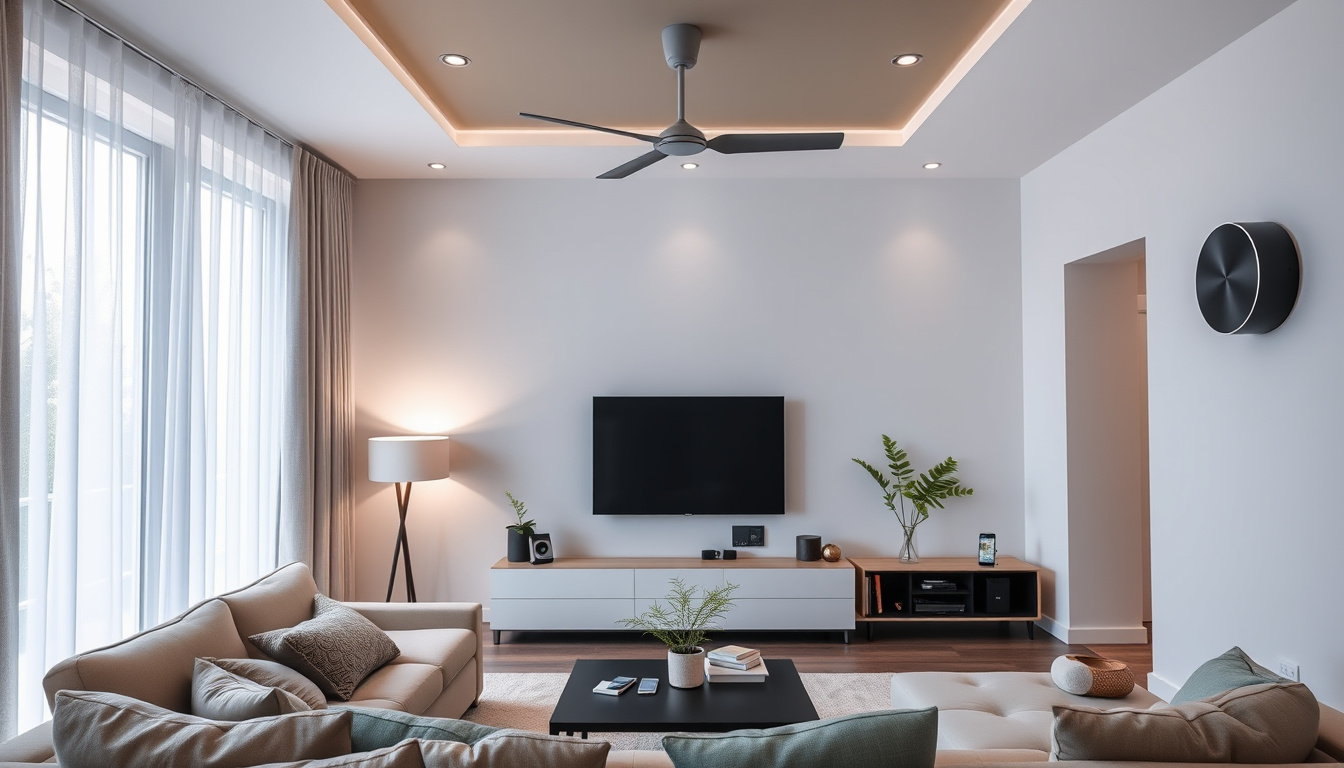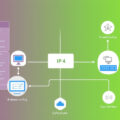Home automation, an increasingly prevalent facet of modern living, provides an innovative way to synchronize your home environment with your lifestyle needs. By leveraging the synergy of technology, homeowners can automate devices, enhance energy efficiency, and improve security. In this guide, we’ll explore the myriad applications of home automation, the technologies involved, and how to tailor these solutions to fit your lifestyle.
What is Home Automation?
Home automation, also known as "domotics," refers to the integration of technology into domestic settings to control various functions such as lighting, climate, appliances, security systems, and entertainment systems. Essentially, it allows homeowners to manage their home environments remotely via a central hub or app, often through seamless connectivity with the Internet of Things (IoT).
The convenience and efficiency of home automation systems can dramatically transform how we interact with our homes, enhancing not only comfort but also security and energy management.
Key Components of Home Automation
-
Central Hub: This is the brain of your home automation system. Central hubs (like Samsung SmartThings, Amazon Echo, or Google Nest) bridge communication between devices, allowing them to work together harmoniously.
-
Smart Devices: This encompasses a variety of interconnected appliances such as smart thermostats (e.g., Nest), lighting (e.g., Philips Hue), security cameras (e.g., Ring), and outlets that can be remotely controlled or programmed.
-
User Interface: Control can be managed through wall-mounted terminals, mobile apps, or voice commands (e.g., using Amazon Alexa or Google Assistant), giving users flexibility and ease of access to their home’s automation features.
Popular Applications of Home Automation

Home automation can enhance many aspects of daily living, including:
-
Energy Management: Smart thermostats, lighting, and appliances help optimize energy consumption. For instance, you could set your thermostat to lower the temperature when you leave for work and raise it before you arrive home, conserving energy while maintaining comfort.
-
Security Systems: Integrating smart locks, cameras, and alarm systems can increase home security. Alerts can be set up to notify you of suspicious activity or if doors are left unlocked.
-
Home Entertainment: Automated entertainment systems can facilitate a unified media experience throughout the home, allowing you to control music, movies, and even lighting with ease.
-
Voice Control: With advancements in AI, controlling your home has become as easy as speaking a command. Voice assistants can perform multiple functions, from adjusting the thermostat to locking doors, making them highly versatile.
Getting Started with Home Automation
Step 1: Identifying Your Needs
Start by assessing what you want to automate. Consider your personal lifestyle:
- Do you prioritize security?
- Are you looking to improve energy efficiency?
- Would you prefer convenience with communication and entertainment?
Step 2: Choosing Compatible Devices
Once you have identified your priorities, choose devices that are compatible with your chosen central hub. Ensure they support the same communication protocols (Zigbee, Z-Wave, Wi-Fi, etc.) to create a cohesive network.
Step 3: Installation and Setup
Install the devices according to manufacturers’ guidelines, often requiring only basic tools. Many systems offer easy, step-by-step guides within their apps to help with this process.
Step 4: Customize Automations
Explore automation possibilities such as scheduling lights to turn on at sunset or creating ‘scenes’ that activate multiple devices with a single command (e.g., “movie time” dimming lights and starting the TV).
Energy Management Considerations
A significant advantage of home automation is sustainability. By monitoring energy use, you can identify areas to reduce waste and cut costs. Devices like smart meters and energy-saving plugins can provide insights into your consumption patterns, promoting mindful energy use.
Addressing Concerns in Home Automation
As with any technological integration, home automation comes with its own set of challenges, including:
-
Interconnectivity Issues: Platform fragmentation can complicate device communication. It’s crucial to ensure that devices are compatible and follow widely accepted standards.
-
Security Risks: Since these devices are connected to the internet, cybersecurity is a concern. Always use strong, unique passwords and keep firmware updated to protect your system from breaches.
-
User-Centric Design: The user experience should be seamless. Opt for systems that provide clear, user-friendly interfaces to ensure ease of use and accessibility, even for those less tech-savvy.
Conclusion
Home automation offers a transformative approach to modern living, enhancing comfort, security, and energy efficiency tailored to your personal lifestyle. By understanding your needs and choosing compatible technologies, you can create a smart home that not only simplifies daily tasks but also contributes to a sustainable future. Embrace the potential of home automation and enjoy the convenience and peace of mind it brings to your life.



